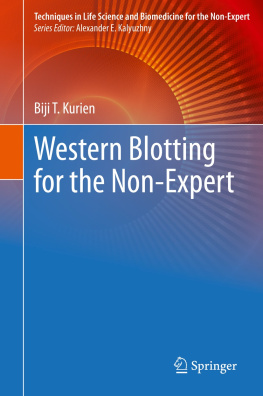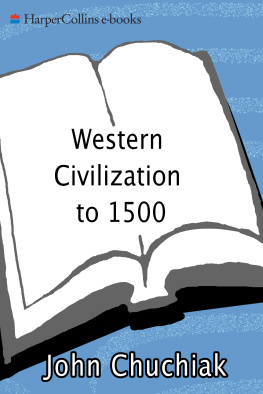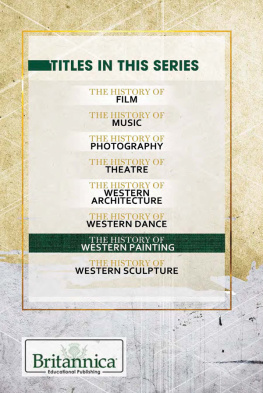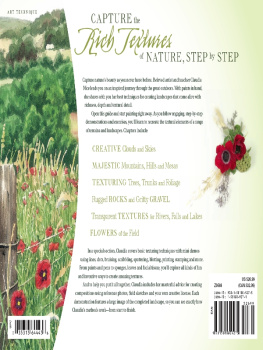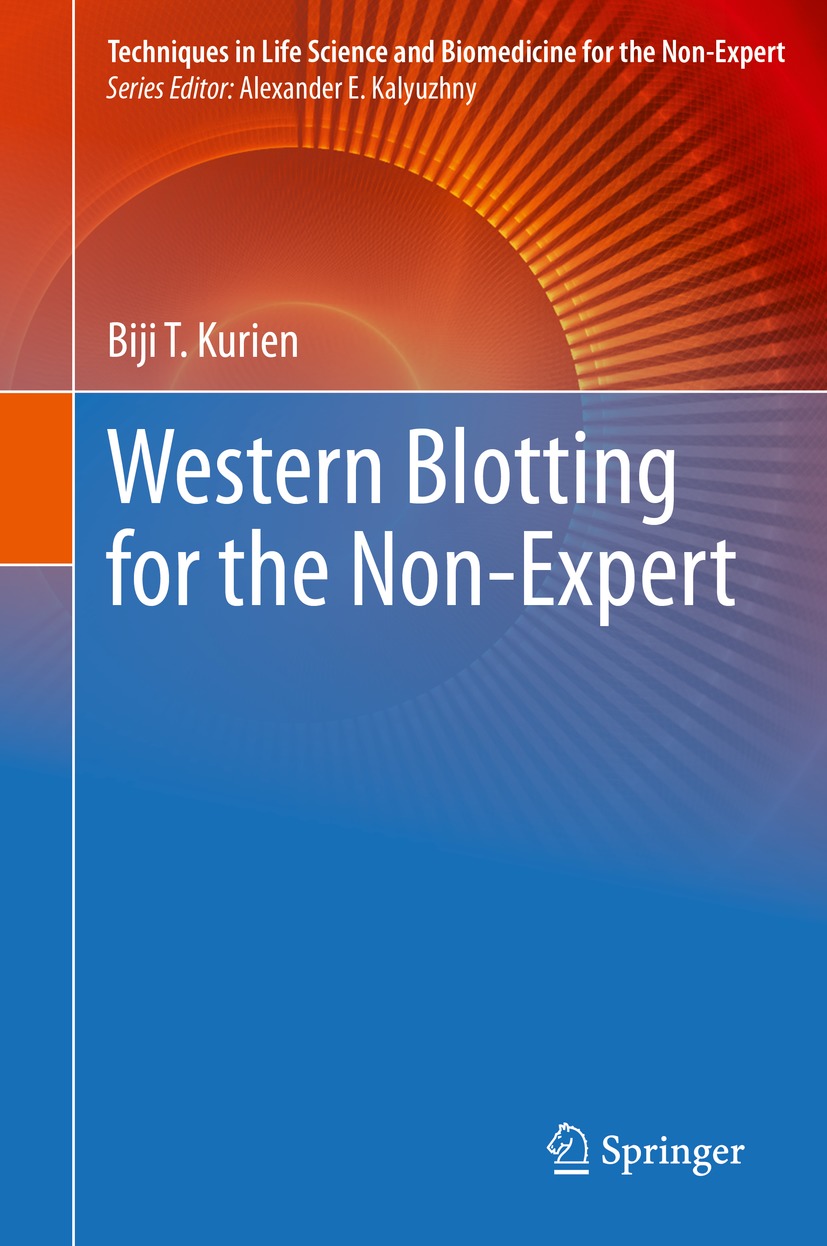Biji T. Kurien - Western Blotting for the Non-Expert (Techniques in Life Science and Biomedicine for the Non-Expert)
Here you can read online Biji T. Kurien - Western Blotting for the Non-Expert (Techniques in Life Science and Biomedicine for the Non-Expert) full text of the book (entire story) in english for free. Download pdf and epub, get meaning, cover and reviews about this ebook. year: 2021, publisher: Springer, genre: Children. Description of the work, (preface) as well as reviews are available. Best literature library LitArk.com created for fans of good reading and offers a wide selection of genres:
Romance novel
Science fiction
Adventure
Detective
Science
History
Home and family
Prose
Art
Politics
Computer
Non-fiction
Religion
Business
Children
Humor
Choose a favorite category and find really read worthwhile books. Enjoy immersion in the world of imagination, feel the emotions of the characters or learn something new for yourself, make an fascinating discovery.
- Book:Western Blotting for the Non-Expert (Techniques in Life Science and Biomedicine for the Non-Expert)
- Author:
- Publisher:Springer
- Genre:
- Year:2021
- Rating:4 / 5
- Favourites:Add to favourites
- Your mark:
Western Blotting for the Non-Expert (Techniques in Life Science and Biomedicine for the Non-Expert): summary, description and annotation
We offer to read an annotation, description, summary or preface (depends on what the author of the book "Western Blotting for the Non-Expert (Techniques in Life Science and Biomedicine for the Non-Expert)" wrote himself). If you haven't found the necessary information about the book — write in the comments, we will try to find it.
This book fills the need for a simplified text covering western blotting protocols aimed not just at high school and college students, but the researcher with little to no experience in these techniques. It provides the principles, basic methodology, and tips and tricks to avoiding the common pitfalls of western blotting. The book also introduces simple protocols that can transform western blotting into a fun method, such as sending secret messages on membranes or using nitrocellulose membrane as a canvas for art.
In addition to the techniques, this book also covers the history of western blotting, which originated from the development of the blotting of DNA. It then delves into the importance of protein blotting, brought to the fore by the fact that the procedure has been evolving constantly since its inception in 1979, and the fact that the scientific community is faced with a multitude of ways and means of transferring proteins to membranes..
Biji T. Kurien: author's other books
Who wrote Western Blotting for the Non-Expert (Techniques in Life Science and Biomedicine for the Non-Expert)? Find out the surname, the name of the author of the book and a list of all author's works by series.

